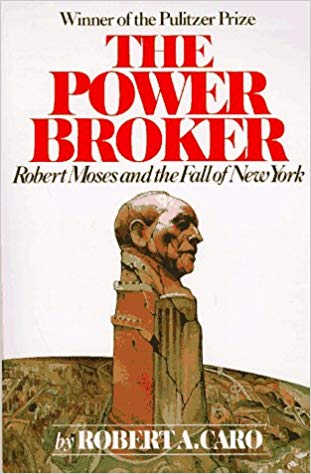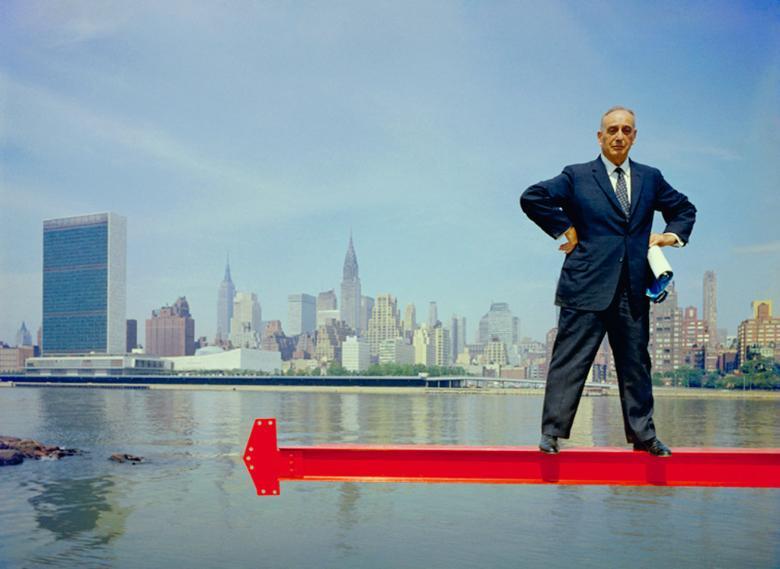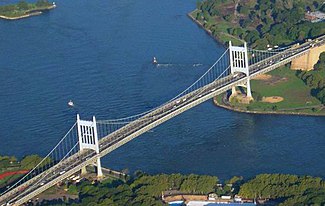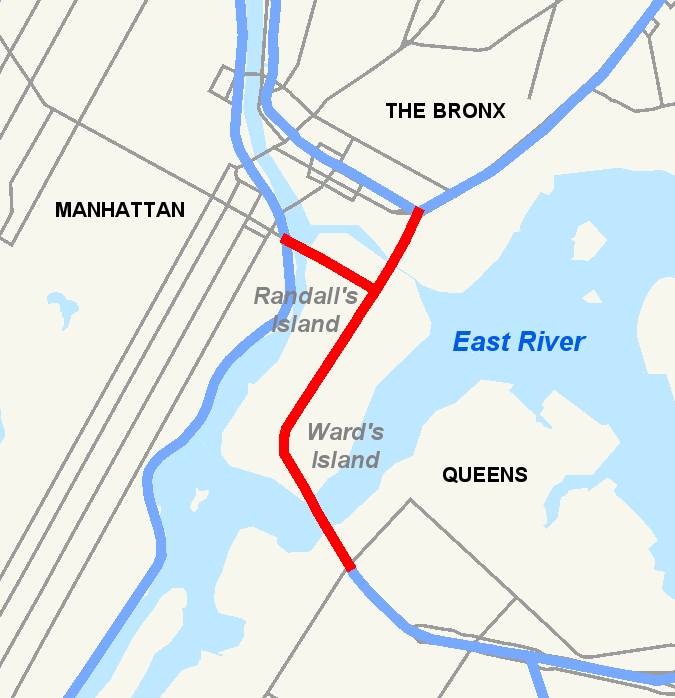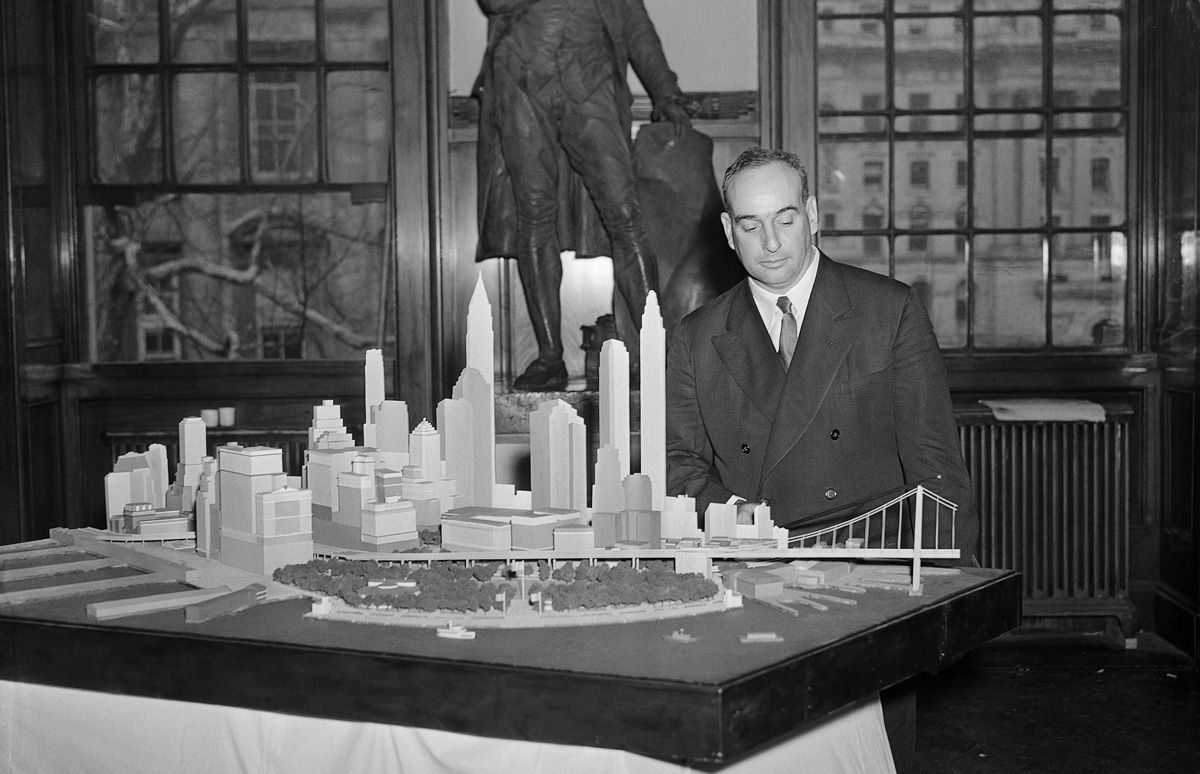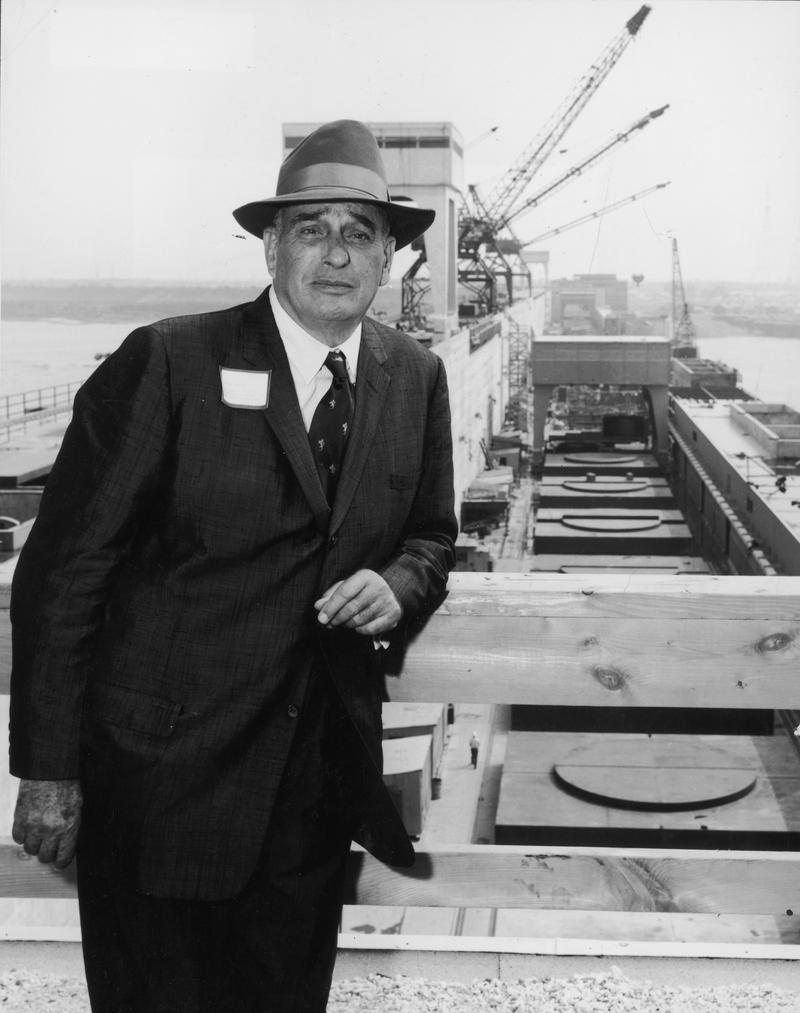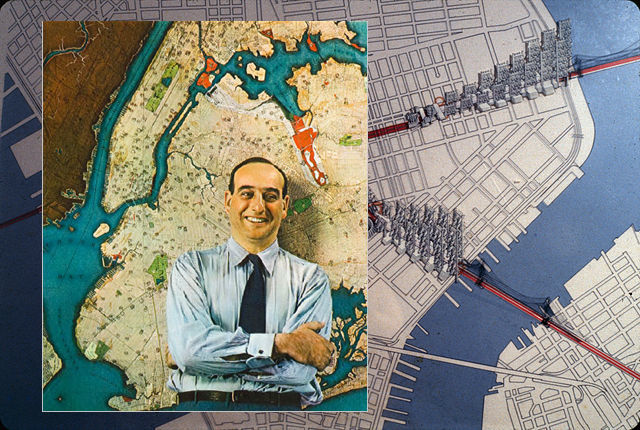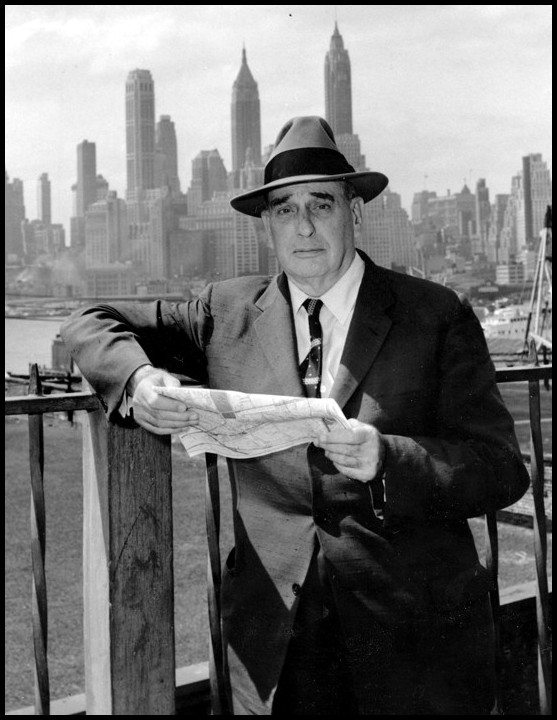Chapter 43 – Late Arrival
At about this time, investigative reporters from the World Telegram decided that there was more meat to the Moses story. In the current climate, the editor gave him the go-ahead. Some groundwork had been done by other reporters, especially around the re-locations. He uncovered few facts not already available, but now they were publishable.
His articles documented the failure of the relocation plans and the subsequent growth of slums. Most importantly, he nailed the responsibility to Moses’s door.
Moses still had purchase with the press. He was allowed a right of reply to all the stories, but the stories kept coming. Disgruntled employees and residents had been looking for such a forum and now letters to the journalists began to flood in. Not one of them was willing to go on the record but the inside story of the Moses regime began to build up. The press remained largely silent.
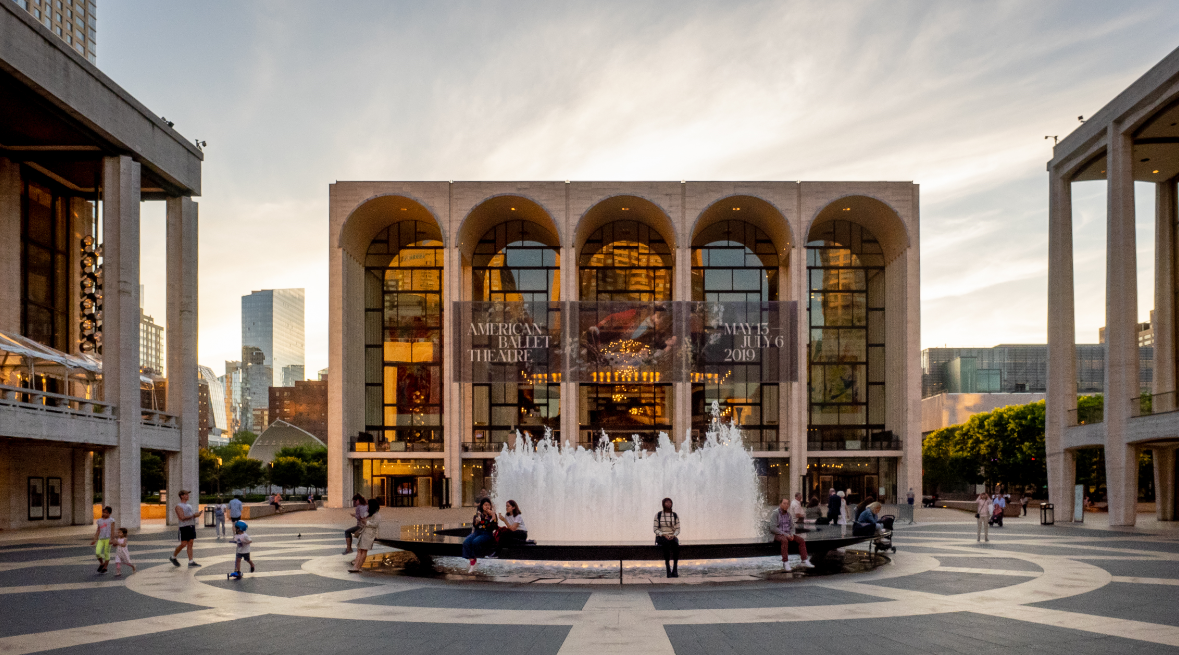
There was a development that the papers found harder to ignore. The original buyers of the slum real-estate had not paid their taxes. Wagner had no choice but to grant an interview. In it he confessed that he had been miss-led. The journalists still did not understand that it was Moses, not Wagner or the city authorities, who was in charge. City Hall then leaked the arrangements involved in the selling of the real-estate. The original buyers were receiving hundreds of thousands of dollars for doing nothing. Outcry in the press panicked City Hall. They swiftly changed the arrangements of the sale, but what remained was still a scandal.
Meanwhile, Moses was planning the development of Lincoln Centre. Four thousand people were to be relocated, and the remaining land, bought by the Kennedy family, would be worth a fortune. Mayor Wagner was asked to intercede. The New York Times backed him up, citing Moses’s past record of success. Moses also called in support from Washington, which duly arrived. The image was chipped but it was still there.
In 1959 it was triumph as usual for Robert Moses now celebrating his 70th birthday and announcing new projects including the Niagara Falls development. However, a new spate of stories was about to break. A new slum clearance revealed the name of the landlord, Sydney J. Ungar and he was denounced in the press as a slum landlord. A reporter went to the slum clearance location and spoke to the residents. The stories and pictures resulted in a new set of revelations in the New York Post. By March it had become the scandal of “Robert Moses’s slum clearance committee.”
Then came an issue that set the press alight. Again, it centred around Central Park and one other headline grabbing figure; William Shakespeare.
Analysis & Key Takeaways
- Robert Moses is seen as responsible for causing the Brooklyn Dogers and the New York Giants to leave the New York area. Walter O’Malley wanted to build a stadium on Brooklyn but Moses refused to support O’Malley’s call for Moses to initiate eminent domain. In fact Moses wanted to build a stadium in Flushing Meadow where all the professional sports teams would play at one facility. O’Malley refused and moved to LA.
- Slum clearance committed relocated people in order to get Lincoln Centre built, what was the point of that? To get poor people out of New York generally;
- Robert Moses was an advocate for the car (individualism and ending the tyranny of train departure times) and disliked public transport: and so Moses underfunded mass transit systematically.
